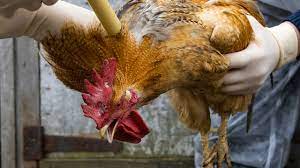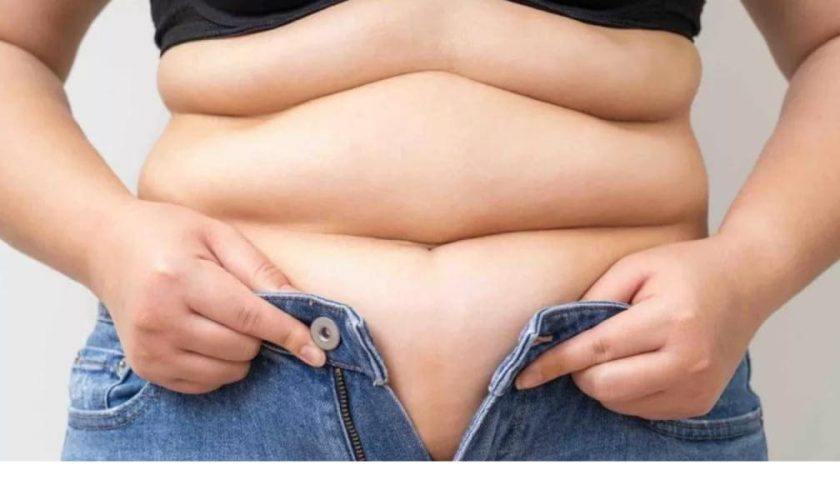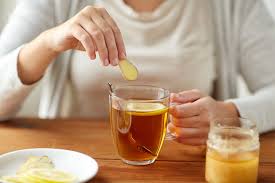- Experts say the chicken you eat from these places, especially the broiler variant, is often pumped with large amounts of antibiotics
- Since the birds are tightly packed in cages, the threat of infection always looms.
- Nearly 70 per cent of antibiotics vital for fighting infections in humans are sold for use in meat and dairy production.
- Poultry injected with growth hormone despite ban imposed by Centre
Even a bird’s-eye view of certain poultry farms in Haryana reveals a tale of cruelty and hazardous practices, was found. Experts say the chicken you eat from these places, especially the broiler variant, is often pumped with large amounts of antibiotics and eating the meat can make a consumer resistant to drugs and leave him or her vulnerable to diseases.
An investigation into the poultry business in Haryana’s Sonipat, Panipat and Karnal districts exposed the unethical practices indulged in by certain farm owners for profit.
“Our hatchery division produces 15,000 chicks every day and as soon as they are hatched, they are injected with antibiotic drugs to make them infection free,” Sehrawat, manager of a poultry farm in Karnal, says on camera.
Threat Of Infection
Since the birds are tightly packed in cages, the threat of infection always looms. This necessitates the use of antibiotics to promote growth. “We have to grow them at a rapid pace. So we use steroids for overall physical growth,” said Sehrawat.
With rampant use, the drugs find their way into the chicken we eat as well as the ecosystem, leading to the spread of drug resistant bacteria in human beings, experts say. “Antibiotics such as enrofloxacin and sulfonamides are used recklessly in the Indian poultry industry to treat infections that arise due to the unhygienic and overcrowded establishments they are maintained in,” said Dr Amulya VR, a veterinarian based in Hyderabad.
Antibiotics
Nearly 70 per cent of antibiotics vital for fighting infections in humans are sold for use in meat and dairy production and medical researchers have concerns that overuse of those drugs may diminish their effectiveness in fighting disease in humans.
In fact, the United Nations has asked India to urgently address the growing issue of antimicrobial resistance in the country due to indiscriminate use of antibiotics.
“While the government is regulating the use of antibiotics in humans, it remains unorganised in the livestock sector,” said Dr Pankaj Chaturvedi, head and neck cancer surgeon at Tata Memorial Hospital, Mumbai. “Consuming antibiotic- resistance-laden livestock can influence the bacterial flora of the human body and create the bacterial strain that is resistant to. So if you have infection – in the lungs, blood or stomach – it could become incurable. The steroids can lead to suppression of immunity and pileup extra kilos.”
The Study
A study conducted by the Centre for Science and Environment (CSE) on broiler chicken about three years ago found that 40 per cent of the samples were contaminated with antibiotic residue. Six most common antibiotics used in poultry business are oxytetracycline, chlortetracycline and doxycycline (from class tetracyclines); enrofloxacin and ciprofloxacin (from fluoroquinolones); and neomycin, an aminoglycoside. “The prime reason for misuse is that the conditions in which the chicken are raised are largely unsanitary, leading to high infection and mortality rates. For commercial reasons, the farmers would like to avoid such a scenario,” said Amit Khurana, programme manager, food safety and toxins at CSE. “Another reason is to fatten the broiler without much feed.”
Along with concerns over human health comes the issue of animal cruelty. Our investigation has found that the hens in these Haryana poultry farms are kept in tiny metal “battery cages”, where they spend their lives in violation of the Prevention of Cruelty to Animals Act, 1960. The birds are injected with growth hormones, impregnated forcefully or even crushed alive, if it is a rooster, as roosters are regarded as less lucrative for trade.
It takes around 40 days for a chick to grow into a hen weighing around 1.5kgs to 2kgs and deliver eggs. Sunil, the manager of a farm in Gharauda in Karnal said that they use 12 kinds of “powders” made of chemical and biological substances including gelatin in the feed to make the chicken deliver eggs faster.
We mix these powders in the prescribed ratio with the food grain. Once the hens consume it they will be ready to deliver eggs in the next 16 to 20 hours. A normal hen can deliver two to three eggs in 24 hours,” said Sunil.
Ambika Nijjar, animal rights activist and lawyer, describes the process of artificial insemination. “They first spread the legs of a rooster and pinch the sperm out. They then spread the legs of the female, open the vagina and insert the semen with a dropper. It is a very painful process for both, and in almost every bird we inspected, we found that they had swollen and infected genitalia.”
The total egg production in the country for the year 2016-17 was 29.09 billion according to the Integrated Sample Survey, with Tamil Nadu, Andhra Pradesh, Telangana, West Bengal and Haryana being the top five egg producing states.
Poultry injected with growth hormone despite ban imposed by Centre
Despite a ban imposed by the Union agriculture ministry on using growth hormones, poultry are being fed the same for commercial exploitation. The severe summer took a huge toll on the birds and many of them died of virus attacks. Poultry owners are now injecting growth hormones, hoping to make up for their losses. An estimated 10,000 fully grown birds have died in the 25 authorised centres. A poultry owner said on condition of anonymity, “Some of the owners are desperate and want to recover their losses. Hence they are resorting to injecting hormones.”
The antibiotics used in livestock and poultry feeds are chlortetrachyline, procaine penicillin, oxytetracycline, tylosin, bacitracin, neomycin sulphate, streptomycin, erythromycin, linomycin, oleandomycin, virginamycin and bambermycin. These are used against virus and bacteria affecting poultry. With rampant misuse of antibiotics and growth hormones, the repercussions on human health are visible. According to the Federal Interagency Task Force on antimicrobial resistance, human resistance to sulfadiazine is 100 per cent as its residues were found in chicken and fowl. 75 per cent resistance has been recorded for streptomycin and 50 per cent for first line of antibiotics erythromycin, tobra-mycin and ampicillin.
According to global statics, 78,000 tonnes of antibiotics and growth hormones were used in livestock worldwide in 2014 and by 2030 this number will jump to 1.05,600 tonnes. A study published in November 2011 in the journal, The Science of Total Environment, says that chemical growth promoter used in cattle affects growth rate in girls. Dietician Sunitha Nehra explained, “Women’s bodies store fat and if they are on a regular diet of poultry it gets stored in the body. Large-scale endocrine disruption in the form of thyroid problems in women is attributed to the use of growth hormones, herbicides and pesticides which are used in various categories of food.”






